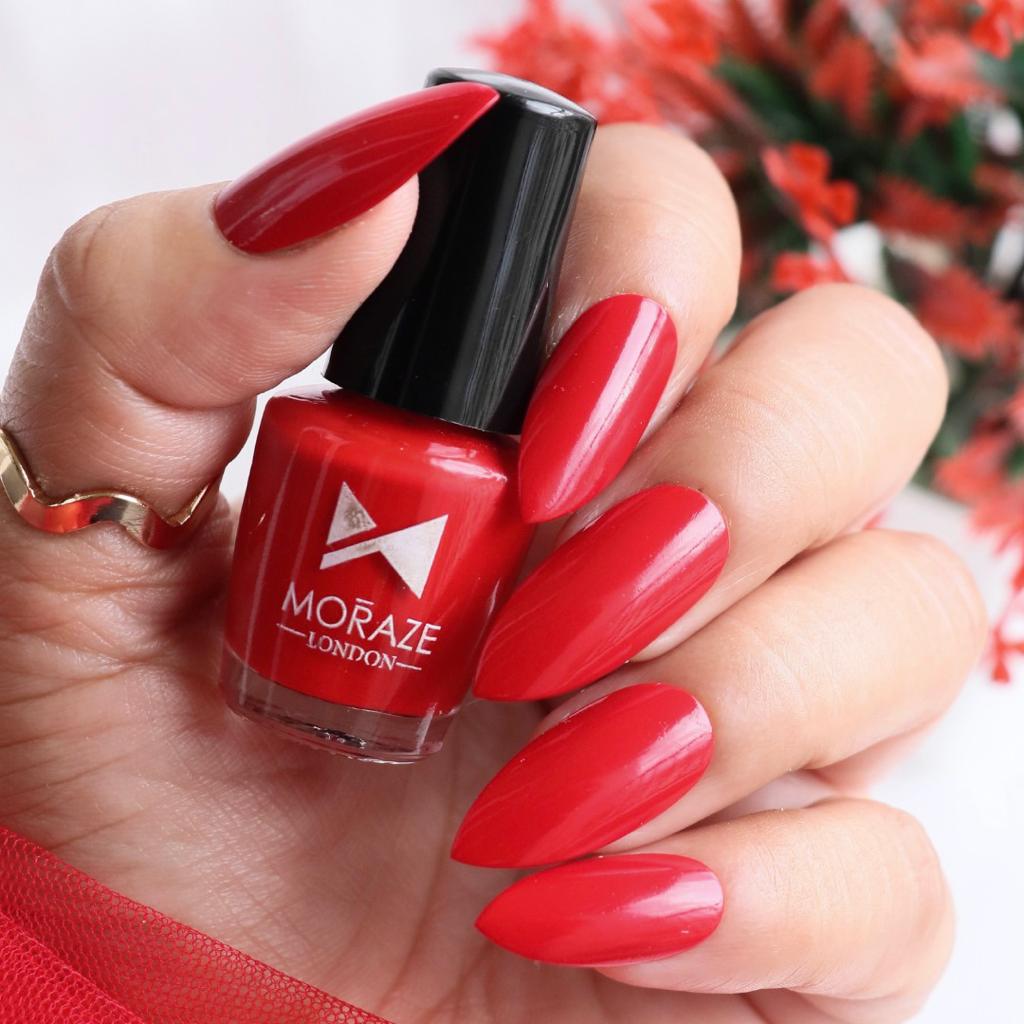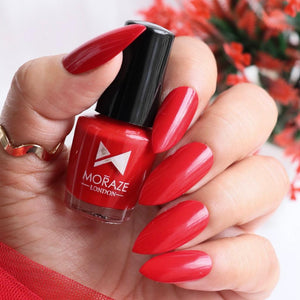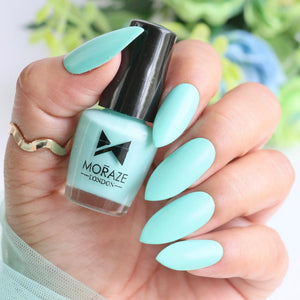Taking care of your skin is essential for maintaining its health and radiance. However, with so many different skin types and products available, it can be overwhelming to determine the perfect skincare routine for your skin. In this guide, we’ll provide you with all the essential information and steps you need to follow to create the perfect skincare routine for your skin type.
Step 1: Determine your skin type
Before diving into the world of skincare, it’s important to determine your skin type. Knowing your skin type will help you choose the right products that will work best for you. The most common skin types are oily, dry, combination, and sensitive.
To determine your skin type, wash your face with a gentle cleanser and pat dry. Wait for about 30 minutes, then examine your skin. If your skin is oily and shiny, you have oily skin. If it feels tight and dry, you have dry skin. If it’s oily in the T-zone (forehead, nose, and chin) and dry everywhere else, you have combination skin. If you experience redness, itching, or irritation, you have sensitive skin.
Step 2: Cleanse
Cleansing is the foundation of a good skincare routine. It helps to remove dirt, oil, and makeup from your skin, and prepares it for the next steps in your routine. For oily skin, use a foaming cleanser to help control oil production. For dry skin, use a creamy cleanser to add moisture to the skin. Combination skin can benefit from a gel or oil-based cleanser, while sensitive skin should use a gentle, fragrance-free cleanser.
Step 3: Exfoliate
Exfoliating helps to remove dead skin cells and promote cell turnover, leaving your skin looking fresh and radiant. However, it’s important not to over-exfoliate as this can damage your skin. For oily skin, use a physical exfoliant like a scrub or a chemical exfoliant like salicylic acid. For dry skin, use a gentle physical exfoliant like a sugar scrub or a chemical exfoliant like lactic acid. Combination skin can benefit from both physical and chemical exfoliants, while sensitive skin should use a gentle, non-abrasive physical exfoliant like a konjac sponge.
Step 4: Tone
Toning helps to balance the pH of your skin and prep it for the next steps in your routine. For oily skin, use a toner with salicylic acid to help control oil production. For dry skin, use a toner with hydrating ingredients like hyaluronic acid. Combination skin can benefit from a toner that helps to balance the skin’s pH and control oil production, while sensitive skin should use a gentle, alcohol-free toner.
Step 5: Treat
Treating your skin helps to address specific concerns like acne, fine lines, and hyperpigmentation. For oily skin, use a lightweight serum with salicylic acid to control oil production and prevent breakouts. For dry skin, use a hydrating serum with ingredients like hyaluronic acid and vitamin E to add moisture to the skin. Combination skin can benefit from a serum that helps to balance the skin’s oil production and provide hydration, while sensitive skin should use a gentle serum with soothing ingredients like aloe vera.
Step 6: Moisturize
Moisturizing helps to add hydration to the skin and prevent dryness. For oily skin, use a lightweight, oil-free moisturizer to prevent clogged pores.






